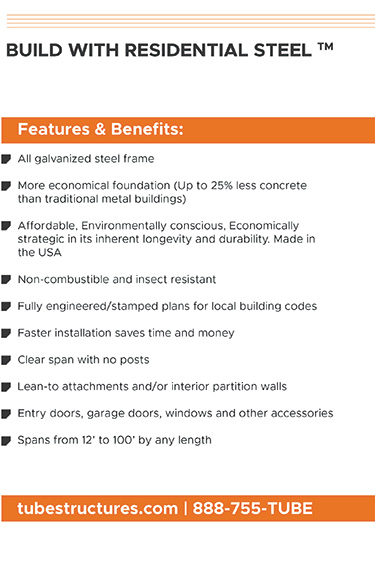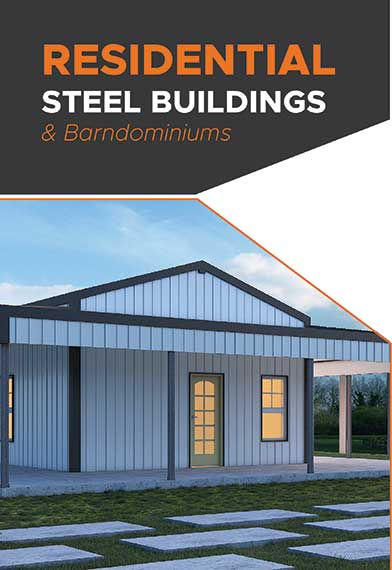arbnco and Arc Skoru Inc. Collaborate to Integrate Software Solutions
- November 12, 2020
- Posted by: Alan Hageman
- Category: News
Leveraging big data analytics to help reduce illness and increase productivity with buildings, the arbnco Real-time Commissioning feature is now integrated with Arc Skoru Inc. as part of the company’s Arc performance platform. The integration allows users to seamlessly exchange to real-time indoor environmental quality monitoring, energy use, and ENERGY Star benchmarks between the arbnco and Arc platforms. This provides unprecedented capabilities to measure building efficiency and promote occupant health and well-being.
“It’s easy to get caught up in the operational side of building management such as profitability and energy efficiency, and lose sight of the importance of healthy, happy and productive building occupants, which we know can directly affect a company’s bottom line,” said Maureen Eisbrenner, co-founder and CEO of arbnco. “We are grateful to work alongside Arc to offer tools that monitor air quality and focus on the human aspect of building efficiency. Our latest Real-time Commissioning feature now offers users the ability to take sensor data and take both preventative and reactionary measures to ensure complete building efficiency and wellness.”
A growing body of research indicates that air quality and atmospheric comfort are correlated with personal well-being and performance. Analysis by State University of New York revealed indoor carbon dioxide (CO2) concentrations above 1,000 parts per million (ppm) resulted in a drop in productivity, with an even further drop of CO2 concentration of above 2,500 ppm. Meanwhile, low ventilation rates can cause up to a 9 percent dip in performance, as well as symptoms like headaches.
“At the U.S. Green Building Council, we are committed to focusing on what matters most within our buildings – human beings – and the standards that we aspire to raise that of the quality of life itself. We created the Arc performance platform to help people design, build and operate buildings and spaces that benefit both people and the environment,” said Mahesh Ramanujam, CEO of the U.S. Green Building Council, and Arc Skoru Inc. “Our latest integration with arbnco allows Arc users to address the entirety of building health – from energy efficiency to the wellness of those using a building.”
The Arc platform is used by projects and organizations across 87 countries to collect, manage, analyze, score and communicate information about operational performance. Arc provides buildings (from the single to while portfolio scale), city and community projects with an operational performance score for their projects across five categories, including energy, water, waste, transportation and human experience. Users can leverage this performance score to benchmark against other buildings or projects, make improvements, realize greater efficiencies that can translate into cost savings, reach higher levels of sustainability performance and achieve LEED certification and recertification.
“We are excited to continue building upon our relationship with arbnco and their software suite,” said Chris Pyke, Senior Vice President of Arc Skoru. “In assessing building efficiency and success, an integrative approach is imperative. Arbnco’s focus on both efficiency and operations, alongside occupant health makes for an ideal combination, and we’re thrilled to offer their services to our users.”
Arbnco’s new Real-time Commissioning solution adds to Arc’s functionality by granting users access to real-time information of indoor environmental conditions. It includes access to building performance analytics provided by arbn wellsensors and companion optimization platform, arbn insight+. The Real-time Commissioning platform builds upon arbn well with predictive modeling, continuous monitoring and increased analytics to address both energy efficiency and poor air quality.
The arbn well service, which is already integrated into Arc’s Human Experience scoring system, gathers both qualitative and quantitative data, allowing for a full assessment of building environmental quality and occupant comfort, helping building operators to proactively measure and address air quality and health concerns. High quality indoor sensors provide continuous, distributed monitoring of indoor environmental conditions, such as carbon dioxide, volatile organic compounds, particulate matter, temperature and humidity. This is combined with occupant engagement to gather feedback on how people feel the building is performing.
“Armed with this wealth of data Arc subscribers can proactively address any air quality issues and evaluate employee wellness insights to help improve productivity workspace,” continued Eisbrenner. “The effects of a building’s atmosphere on human health and well-being might be subtle, but that doesn’t mean they do not exist. It’s time for building owners, operators and tenants to take more accountability for the air we breathe in our built environments, and increase our efforts to improve the comfort and productivity of the spaces we all occupy.”


